I’ve been head down working on book three in my Sinclair Sisters series and am at the point where I think the basic plot is in place and a few interesting themes and developments have emerged. I’ve only just begun listing these issues out for a research intensive session.
For those of you who are familiar with the series, Book 3 features a man (Devon, Lord Bracebridge) who was the youngest of several boys and never, ever expected to inherit his father’s title. He and his father did not get along. Rather than join the army, he became a boxer and from there branched out into businesses that made him wealthy but not respectable. :::waving of hands::: So, now he’s Lord Bracebridge and he has his hands still in these other ventures.
And now I must go down a research path that should be pretty fun. Gaming hells and other disreputable locations. I will be researching that. I imagine by my next post that I’ll have some interesting facts to share.
Book News – Secrets of a Soprano by Miranda Neville
Miranda is a friend of mine and a wonderful author, and I so love love love the cover of her newest release. Miranda is dealing with some health issues right now, and isn’t able to let people know about her release, so I’m telling you about it.
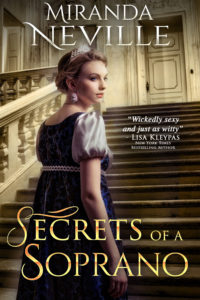 Great fame brings great heartbreak
Great fame brings great heartbreak
No one knows the perils of celebrity better than Teresa Foscari, Europe’s most famous opera singer. The public knows her as a glamorous and tempestuous diva, mistress to emperors, a reputation created by the newspapers and the ruthless man who exploited her. Now she has come to London to make a fresh start and find her long lost English family.
Foscari’s peerless voice thrills all London—except Maximilian Hawthorne, Viscount Allerton, the wealthy patron of opera—and lover of singers. Notorious Teresa Foscari is none other than Tessa, the innocent girl who broke his youthful heart. When his glittering new opera house sits half empty, thanks to the soprano filling the seats of his competitor’s theater, Max vows to stop the woman he unwillingly still desires.
Amidst backstage intrigue and the sumptuous soirées of fashionable London, the couple’s rivalry explodes in bitter accusations and smashed china. With her reputation in ruins, Tessa must fight for her career —and resist her burning attraction to the man who wishes to destroy her.
Where to buy Secrets of a Soprano
Amazon | Nook | iBooks | Kobo | Print
I have a release of my own, too. A historical novella, A Seduction in Winter.
A Seduction in Winter
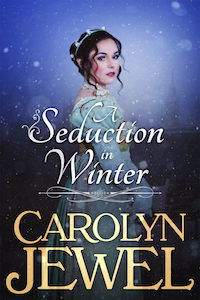 He’s an artist and a duke’s heir. She’s sheltered and scarred. Can he show her by Christmas that love can be theirs to share?
He’s an artist and a duke’s heir. She’s sheltered and scarred. Can he show her by Christmas that love can be theirs to share?
As the holidays approach, Lieutenant Leoline Marrable, now Lord Wrathell, travels to London where he’s expected to fulfill longstanding expectations and propose to his former commander’s daughter. Wrathell longs to ease the strained relationship with his ducal father. The key may be an unfinished portrait of his late brother.
Honora Baynard has a terrible facial scar as a result of a childhood injury. She has never forgotten Leoline, who came to her defense when other children tormented her. Now, her over-protective artist father keeps her indoors, creating the beautiful detail work that makes his paintings so sought after.
As Wrathell and Honora spend more time together, mutual interest becomes mutual attraction. Can Wrathell convince Honora that for Christmas, he’d like to give her not only passion and pleasure, but his heart to keep for her own?
A Seduction in Winter is a holiday novella and appeared in the historical romance anthology Christmas in Duke Street. If you like sensual romance, complex characters, and witty dialogue, you’ll love Carolyn Jewel’s latest refreshing Regency tale.
Buy A Seduction in Winter to experience the passion today!
Where to get A Seduction in Winter
Amazon | iBooks | Kobo | Nook | Google Play | All Romance | Print






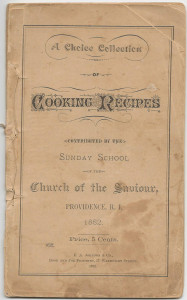


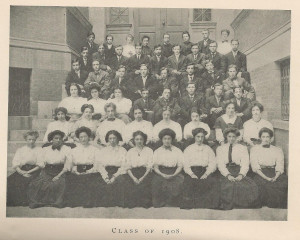
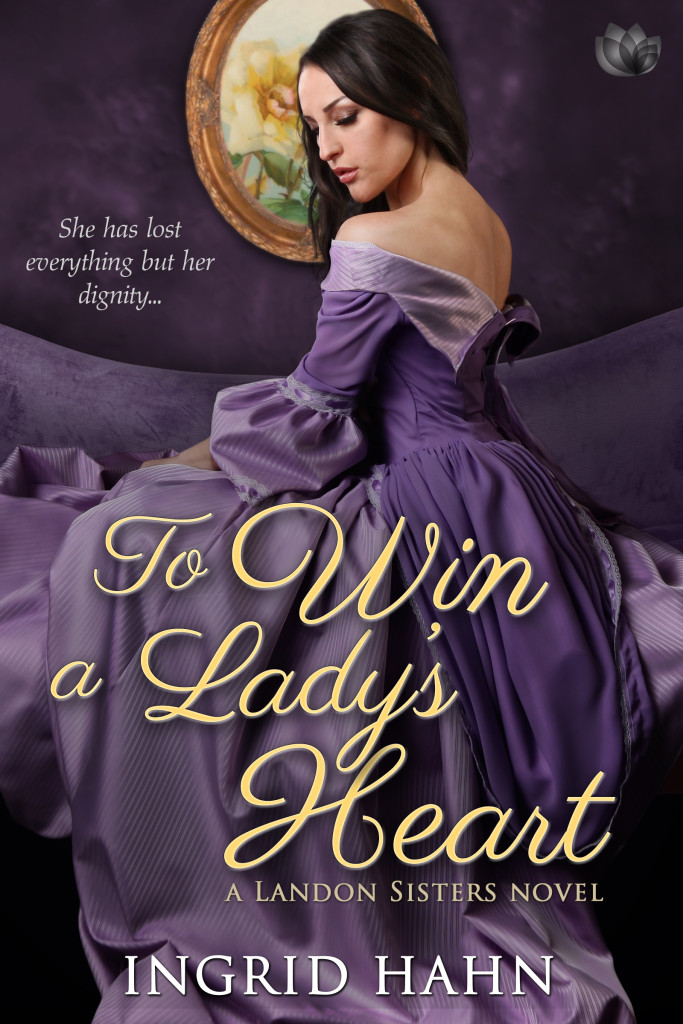 Kira, congratulations!
Kira, congratulations!